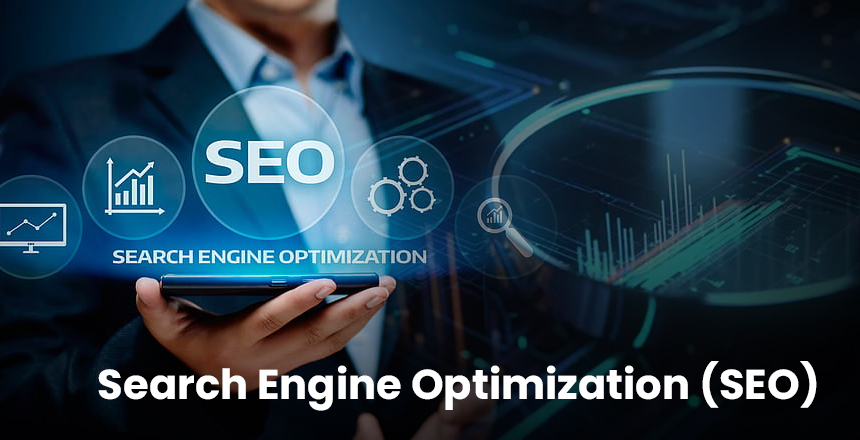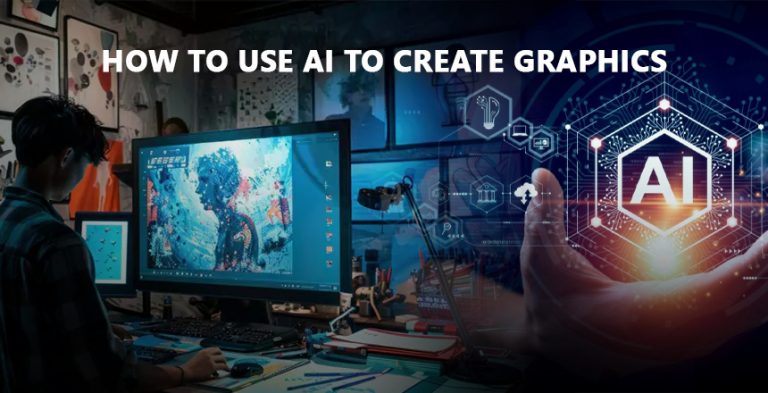SEO means optimization for web search, also referred to as search engine optimization. It is the
procedure of enhancing a Web site’s attractiveness to search engines so it could rank higher on
search engine result pages. SEO stands for Search Engine Optimization and implies that your
web pages should be ranked as high as possible for keywords and phrases connected to your
business to get more visitors from search engines.
Why SEO Matters
SEO is crucial for businesses today for several reasons:
- More search engine users: Today, of the seven-point-five billion global population, billions of
these use search engines such as Google and Bing to search for products and services.
Marketing can assist brands in linking up with these shoppers; SEO is one of them. - Increased web traffic: Websites that enjoy a position on the first page of Google for specific
keywords may expect higher organic clicks and visitors to their sites. When there is an
increased traffic flow, there are many leads to close and more sales to be made. - Higher conversions: People who find your website through organic search through SEO
marketing campaigns are better at converting than the rest. Two-thirds of respondents surveyed
said they were more trustful and had higher intent if you rated well. - Competitive advantage: This is due to the increased number of businesses that are creating
an online platform or being found online; SEO assists to differentiate you. Being the first brand
seen for the keywords of the industry generates a definite benefit. - Marketing mix synergy: With PPC, social media, and email marketing, SEO works as one of
the many marketing channels. A site optimized for SEO benefits performance in all digital
marketing strategies.
How Search Engines Work
It is useful to learn about how search engines work first when taking the step of optimizing for
search. The three key components are:
- Crawling: In order for search bots to crawl, they go through billions of web pages linking
others in search of other sites. They retain page data for subsequent analysis to be used in
indexing. - Indexing: The program takes web page content (text, links, and meta information) and
compiles an index associated with the keywords or phrases. - Ranking: Indexed content is processed by proprietary algorithms to arrive at a ranking of the
web page relevant to the query. Ranking defines the order of the outcome.
So as mentioned earlier, the trick of a page being discoverable is that the search engines have to be able to crawl it. So as to rank, the page provides necessary signals in line with the intent of the searcher. SEO plays an important role when it comes to this process.
- On-Page SEO Best Practices
- On-page SEO can be regarded as the process of enhancing multiple web pages to gain better results in terms of SERP. This needs page content rewriting as well as HTML source code
- changes. On-page best practices include:
Descriptive page titles contain keywords that affect the copy, Samurai.
The following are meta descriptions that I’ve written to perfectly sum up the content of various
pages or web sections:
- Mostly to have header tags (H1, H2) for the important topics.
- This is really well-written and such valuable posts to readers, and target keywords are used naturally and are well placed.
- Approval stamps of conventions, clear up and down options, simple text, parts, bullet lists responsiveness with very fast page loading rates on all devices
- Mobile-friendly and compliant with the Americans with Disabilities Act
- The internal linking of the site should be neat.
- Highly assertive action prompts to enable leading the conversions.
Sometimes it is possible to modify some pages to fit the intent of a searcher in order to get
higher click-through rates from search engines while at the same time being user-friendly.
Technical SEO Factors
That is why, in addition to the content material, the search engines also assess technical SEO
components concerning the architectural connections of the site, security, and velocity.
Technical elements to optimize include:
Secure HTTPS URLs
- crawl directive file known as Robot.txt
- Structural page sitemaps in XML format
- High 404 error handling measures
- We stayed in a hotel, talking to people of different cultures; Taking photographs and applying
- proper formats on image alt tags, captioning, and image compression
- Full page and very frequent popups or interstitials
- Quick hosting, speedy bandwidth, and decent page size.
- A good internal and external link equity
- Schema.org markup for rich snippet eligibility
Several technical factors, such as site speed, are some of the aspects that go into making up
the user experience. Improving them helps to improve their ranking on the search engines and,
at the same time, improve the conversion on websites.
Link Building for SEO
Link building means acquiring the best quality links pointing to your site from other sites.
Backlinks are understood by the search algorithms as the votes of trust and authority. Therefore,
efforts should be made towards getting more high-quality links related to your niche. Useful
link-building tactics include:
- Content marketing: Getting a link by creating an asset that clearly meets the needs of your audience.
- Link building and guest blogging; – Write articles for other sites or domains.
- Web references: claim and market your business online.
- Keyword submissions in industrial directories enhance website visibility in those specific directories.
- Local SEO optimization: Get higher rankings with geo-targeted hyperlinks
- Others include affiliate partnerships—getting others to market for you.
- Marketing with the help of a social network: Use social for referral traffic.
Common SEO Mistakes to Avoid
Many novices do not realize that there is a whole array of SEO pitfalls that threaten a site’s
visibility. Here are some key errors to avoid:
- Keyword stuffing: repeating keywords for the Search Engine bots to see makes the entire web page seem to be written for the Search Engine bots to notice.
- thin content: low-value search algorithms need quality, densities
- Intermediates: Don’t allow index updating or crawling of search bots.
- Problem #1: Bloated page size—Keep the pages slim and load time short.
- Bad design of the structure of the site; use a silo approach and increase the link between them.
- Backlinks—bad or worse links—destroy or repair the broken and 404 linking pages.
- Duplicate content problems Implement canonical pointers to decide which web page has supremacy.
- Some common and adverse forms: improper redirects Everyone needs to preserve link juice but use the 301 redirects.
Checking search appearance and your technical health for your site on a routine basis means
you are able to identify constraining problems that are preventing high performance.
Tracking SEO Results
In my opinion, the only way to really measure the success of SEO is to monitor certain
parameters over a period of time. Useful KPIs to monitor include:
- Organic traffic; – Total visitors using search engines.
- It offers: a ranking report; search engine positions for the keywords or phrases
- This tells me things like: lead generation, SEO visitor conversions CTR is also known as a search click frequency.
- Website activity: bounce rates, time spent by the visitors, number of pages visited during each visit
The visibility into how the search algorithms respond will be offered by tools such as Google
search consoles, Google analytics, and rank trackers.
What is an ongoing SEO strategy?
SEO is not a one-time job. What is required is an integrated program that is frequently updated to help maintain the plan’s progress. An effective SEO strategy should include:
- Keyword research: new opportunities for optimization
- Content marketing: continuous introduction of the new pages and content resources.
- Website technical SEO review; ensuring fast delivery of the site and fixing of problems as and when they occur
- In order to get link building, outreach and content promotion need to be done on a regular basis.
- Ranking of position and website: measures the achievement of the website per rank or per site.
- Evaluation of improvement on a monthly basis
Providing constant focus and attention, a number of pages will rise gradually and develop stable
traffic increases.
Conclusion
Keyword positioning continues to be one of the most efficient digital marketing platforms for
achieving organic growth in an organization’s online operations. Often simple things such as
getting a grasp of every search algorithm or at least the basics of it, following on-page SEO
strategies, and checking your search visibility over time can bring a lot of benefits in terms of
brand recognition and people going to your site.








